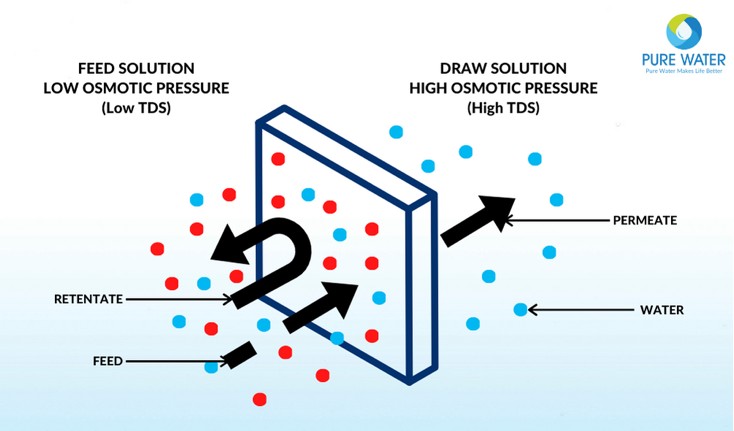- +91 9820173817 | +91 022 26825497
- info@ascentwater.in
- 308 Matharu Arcade, Behind Garware House, Vile Parle East, Mumbai - 400057
Reverse osmosis (RO) membranes are used as a filtration method to remove dissolved solids from water by applying pressure to the solution when it is on one side of a selective membrane. The low TDS water is the permeate and the high TDS water is the concentrate.
Types:


Ultrafiltration (UF) membranes are pressurized membrane filtration process that is designed to remove turbidity, suspended solids, bacteria, etc.
Membranes available in different MOCs – PVDF / PES / PE / PAN
Membranes available in different flow configuration – Inside-Out / Outside-In
Nanofiltration (NF) membranes are primarily used to separate low molecular weight organics and multivalent salts from monovalent salts and water.
Applications:


Membrane bioreactor (MBR) is the combination of a membrane process like microfiltration or ultrafiltration with suspended growth bioreactor. MBR is widely used in sewage treatment and industrial wastewater secondary treatment plants.
Advantages:
Forward Osmosis is the revolutionary process which uses a semi permeable membrane to separate water from dissolved solids and ions. The system uses the osmotic pressure difference between the feed solution on one side of membrane and a draw solution with a higher osmotic potential (i.e. higher TDS, higher salinity) on the other side of membrane.
Advantages of Forward Osmosis (FO):
